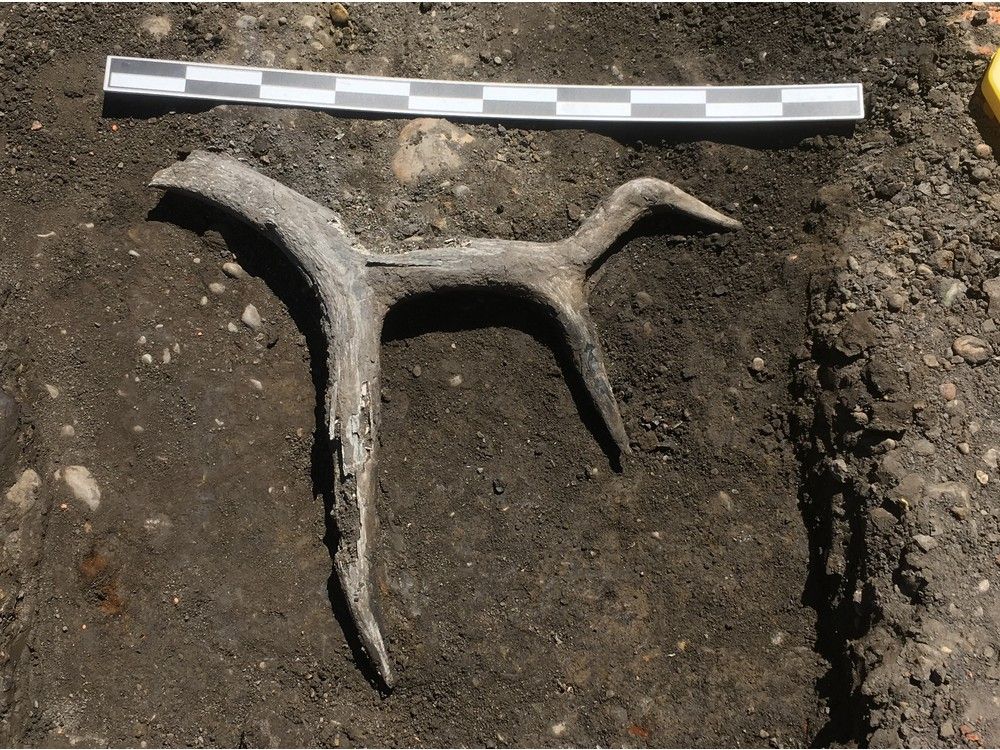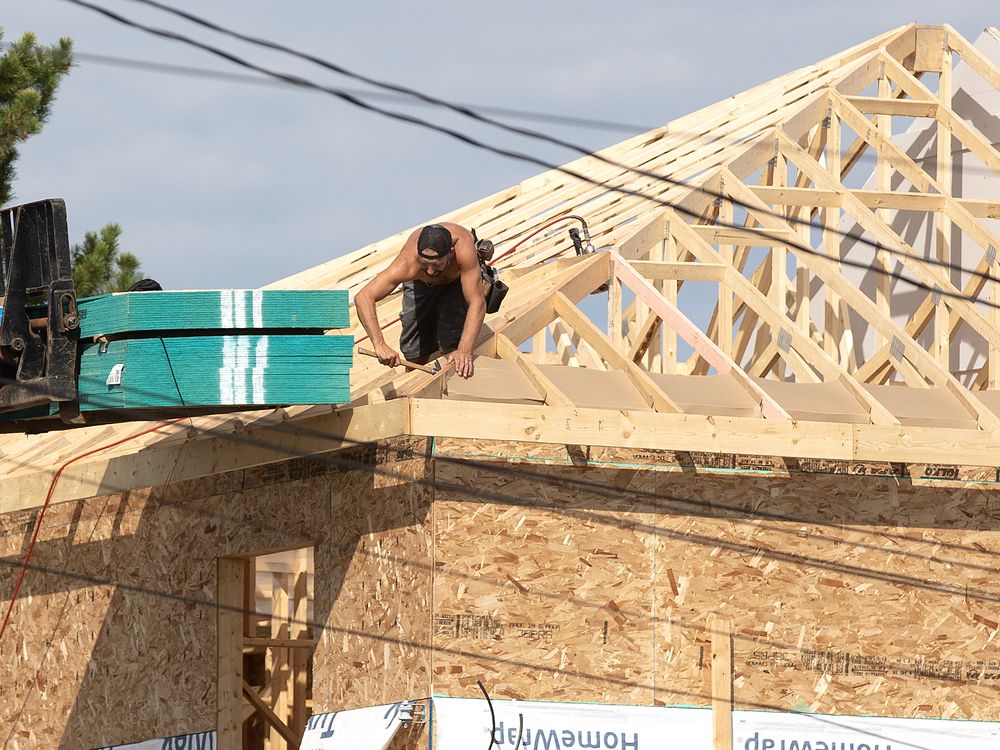U.S. car prices, consumer demand surge in April after tariffs hit
U.S. new-vehicle prices surged in April, data released on Monday showed, a sign that the effects of President Donald Trump’s auto-tariff measures are rippling through the car market.
The average price consumers paid, after discounts and promotions, rose 2.5 per cent from March, more than double the typical 1.1 per cent increase over those two months in recent years, Cox Automotive’s Kelley Blue Book showed.
In the past decade, the only larger such increase was in April 2020, when prices rose 2.7 per cent during pandemic-related factory shutdowns.
Automakers are adjusting to 25 per cent U.S. tariffs on vehicle imports from many countries, including major trading partners Mexico and Canada, but few have raised sticker prices. Some, like Hyundai, Ford and Jeep-maker Stellantis, have even rolled out deals to reassure buyers and keep sales flowing.
Still, consumer demand has risen over the past few months as buyers rush to get ahead of any tariff-related price increases, dealers and auto executives have said. That has translated into new-car shoppers shelling out more on average at dealerships, according to Cox.
Yet, even if carmakers hold prices steady, consumer expectations that tariffs will eventually send prices higher likely led to inflation on certain models, said Cox executive analyst Erin Keating.
“Those models got more demand, and therefore the local pricing dynamics at the dealership level likely helped those prices go higher.”
Ford is charging more for its Mexico-built products, Reuters first reported last week. Some models of the Mustang Mach-E electric SUV, Maverick pickup and Bronco Sport will cost as much as $2,000 USD more, according to a notice sent to dealers.
Wholesale used-vehicle prices rose in April, according to Cox’s Manheim Used Vehicle Value Index, which increased 4.9 per cent to 208.2 from a year ago, up 2.7 per cent from March.
Promotions have kept prices steady overall, some automakers said.
Consumer-incentive programs are still very strong, said Todd Szott, dealer partner at Szott Automotive Group, which has Ford, Stellantis and Toyota dealerships in Metro Detroit. “Pricing is fairly stable at this point.”
Sales incentives on new cars as a percentage of transaction prices, a measure of discounts and promotions, fell to the lowest since the summer of 2024, Cox said.
A dip in the number of vehicles sitting on dealer lots could point to upward pressure on prices in coming months.
On a recent webinar with the Automotive Press Association, Cox Chief Economist Jonathan Smoke noted that fewer than 2.6 million vehicles are on dealer lots, and that supply could fall even further as sales surge and importers reduce deliveries.
Paul Zimmermann, partner-owner at Matick Automotive Group of Michigan, which owns GM and Toyota stores, said vehicle stocks are getting lighter in some areas after a robust April.
“I do have some concerns just in terms of the pipeline,” he said. “It’s running healthy right now, but we need to make sure that there’s no blip.”
Cox previously estimated new vehicles directly affected by a 25 per cent tariff could cost 10 per cent to 15 per cent more, while the prices on vehicles not affected by the full tariff could rise 5 per cent.
Keating does not expect double-digit percentages soon, but maybe over the long term. Automakers may use model-year changeover time in the summer to adjust prices, she added.




